Moving 52-week average revenue per lodging unit outperforming long-term average rate of change.
by Taylor Damonte, Ph.D., director of the Clay Brittain Jr. Center for Resort Tourism, and Gary Loftus, director of the Grant Center for Real Estate and Economic Development, E. Craig Wall Sr. College of Business Administration, Coastal Carolina University
The trend lines for the average rate of change for lodging reflect the direction and rate of change in lodging business performance. The graphs to the right show the 52-week average rate of change during each rental week between Nov. 11, 2012, which was week 46 of that year, and Nov. 18, which is week 45 of 2017. Each point on the lines reflects the 52-week average rate of growth (or, if below zero, the rate of decline) in business performance at one historic moment in time. The slope of the lines reflects the rate of increase or decrease in the rate of change from week to week. The metrics being analyzed by the centers are the 52-week average rate of change in average percent occupancy (APO), average daily rate (ADR) and average revenue per unit. Results for two broad segments of the transient lodging industry are shown. These are the hotel, condo-hotel and campsite (HC-HC) segment, which consists of sleeping spaces rented on a nightly basis and vacation rental properties (VRPs), which are sleeping units that are rented on a weekly basis. Calendar rental weeks are numbered one through 52 and are indicated on the horizontal axis of the graphs. Peaks and troughs in the 52-week average rate of change for each metric are labeled for ease of reading.
For the Brittain Center’s sample of HC-HC properties (see the Insider), the 52-week average rate of change in average percent occupancy (APO) fell below its long-term average rate of growth of 1.3 percent on the first day of 2017, which fell on a Sunday. It managed to rise to that level again on several spring weeks, the last one being the week of April 16-22, 2017, which this year included Easter. Since then, the 52-week average rate of change in APO has not risen above its long-term average rate of change. Readers may note that the steepest declines came during March 2017 – which in the previous year had included the Easter and Passover period – and during the period of August through September, which in this year included the period Hurricane Irma visited the Eastern Seaboard. Since the beginning of October, the rate of change in APO has rebounded. It now stands at 0.5 percent, still below its long-term rate of growth, but nevertheless positive once again. The moving average rate of change for average daily rate (ADR) for HC-HCs is now 5.5 percent, above its long-term rate of growth of 3.7 percent. The lowest the 52-week average rate of growth in ADR has been in 2017 is 4 percent, with only brief declines during periods when there were differences in the annual holiday calendar and during the week of Hurricane Irma.
Between February 2013 and April 2014, and between April 2015 and April 2016, the 52-week moving rate of change in average percent occupancy (APO) for the Brittain Center’s scientifically random sample of Horry County VRPs (217 units weekly) experienced decline. However, subsequent to these periods, the rate of change in APO rebounded. The rate of change for VRPs peaked in mid-February 2017, and, as with the HC-HCs, experienced the most rapid rate of decline during March and during August through September. Yet, unlike the nightly rented HC-HCs, the average rate of change in APO and in average advertised rental rate (AWR) for the VRPs did not rebound but continued to decline during October 2017. The 52-week average rate of change in APO and in AWR now stand at 0.3 percent, and 0.9 percent, respectively. Both are below their long-term rate of growth of 0.9 percent and 2.8 percent, respectively, but still positive.
Currently, the 52-week average rate of change in revenue per available unit (RevPAU) for the Center’s sample of nightly rented HC-HCs properties stands at 6 percent, outperforming its long-term rate of change of 5 percent. The Center’s sample of weekly rented VRPs is now 0.4 percent, which is below its long-term rate of change of 3.4 percent.
As mentioned previously in articles by these researchers in the Grand Strander, increases in transient lodging supply along South Carolina’s Grand Strand has since the recession years primarily been in conversions of condo-hotel units to timeshare, along with one new timeshare property. Nevertheless, some sites previously occupied by older, no longer competitive, motel properties are now being redeveloped with new hotel product which should continue to increase the competitiveness of the destination.
If you represent a lodging management company and you would like to become a participant in the centers’ research and receive weekly segment-level results and six-week occupancy forecasts, feel free to contact Taylor Damonte, tdamonte@coastal.edu or Gary Loftus, gloftus@coastal.edu at Coastal Carolina University.

